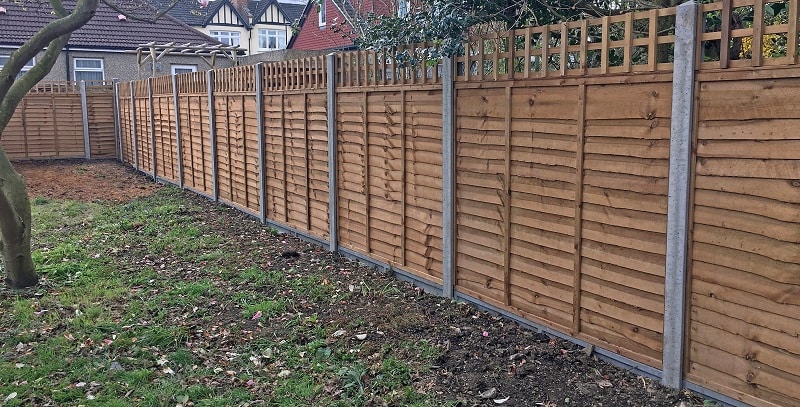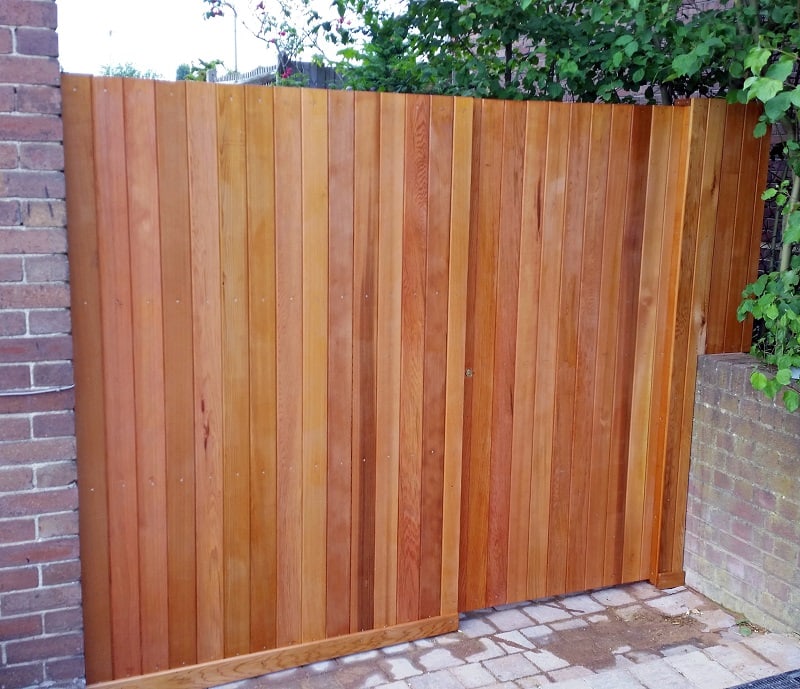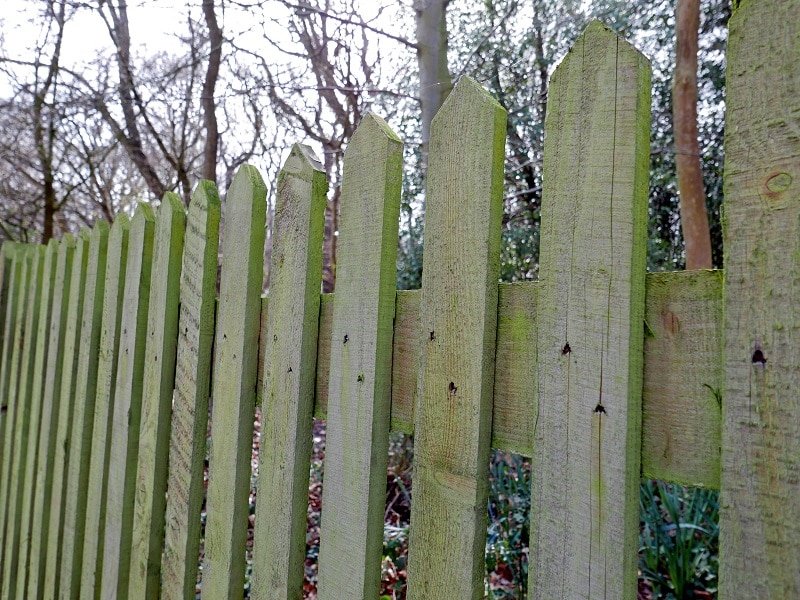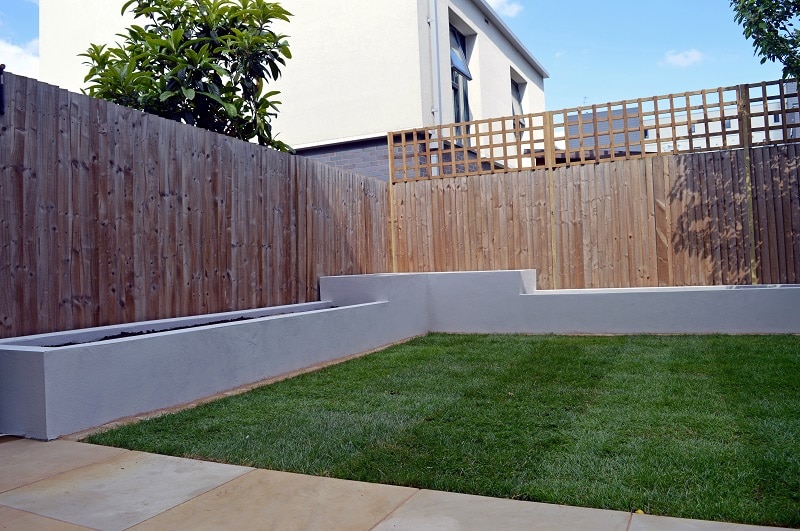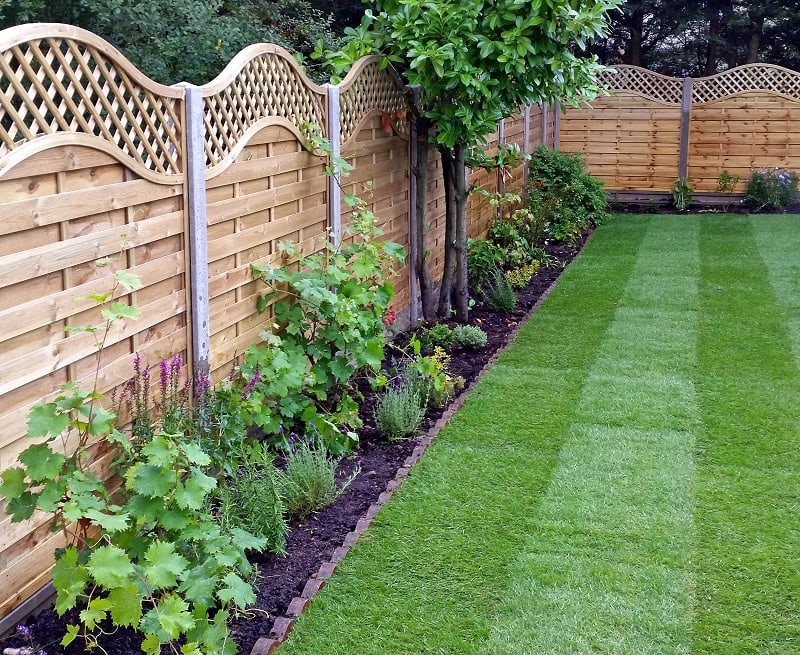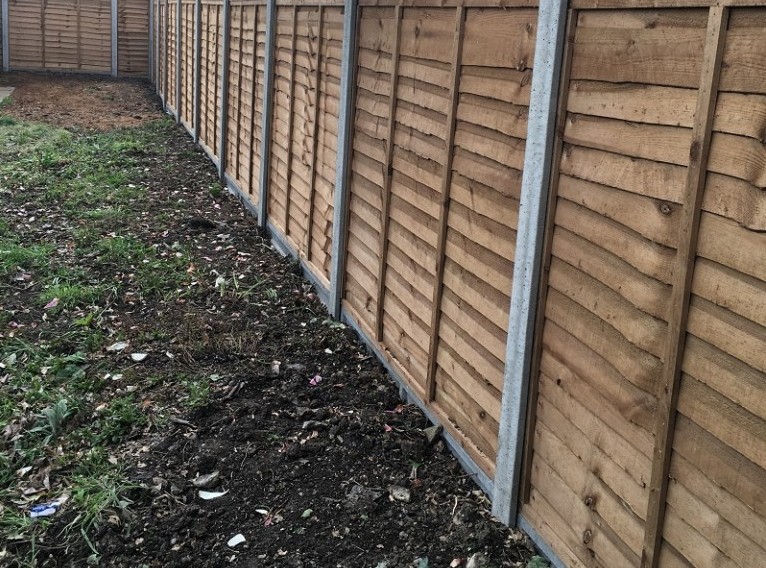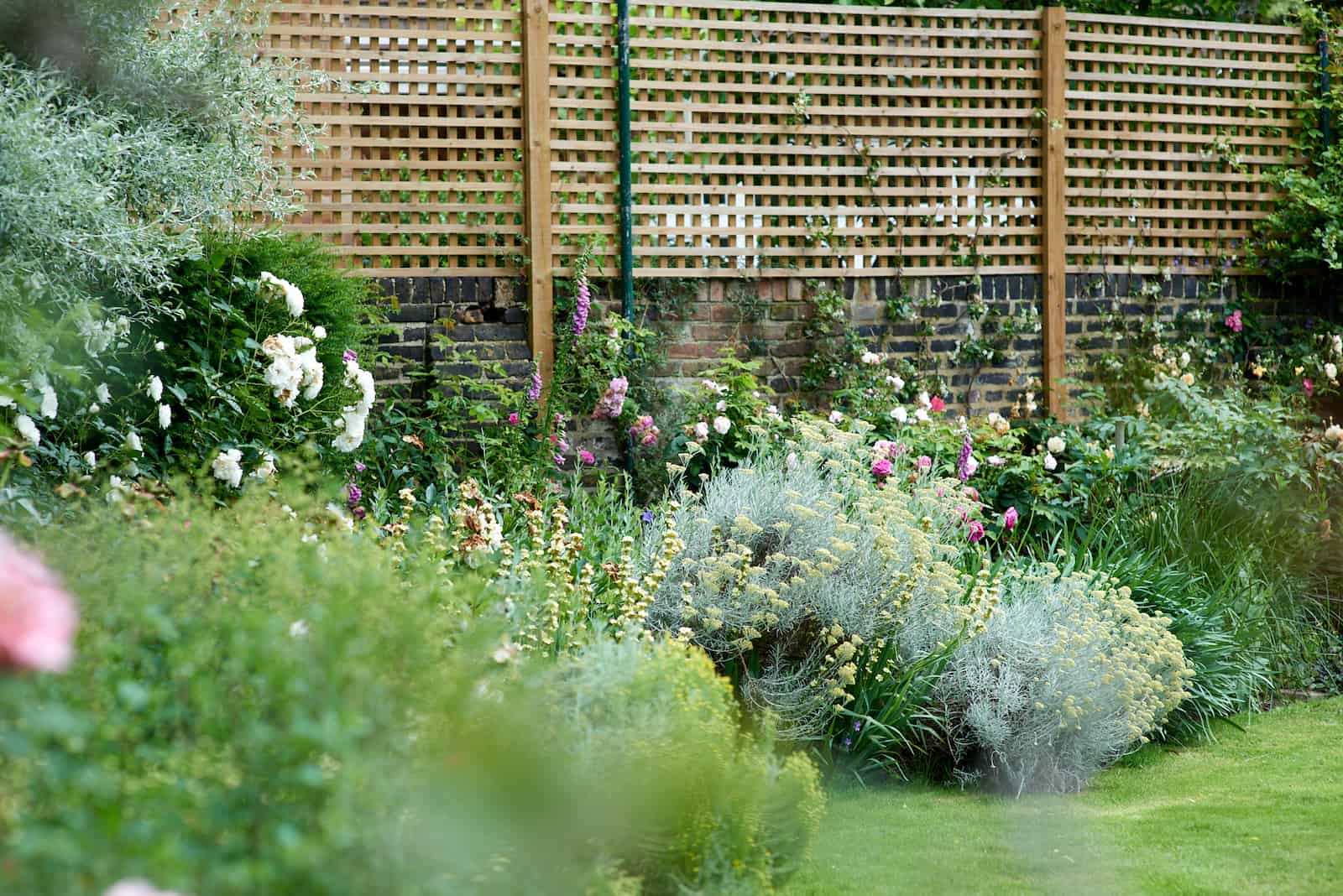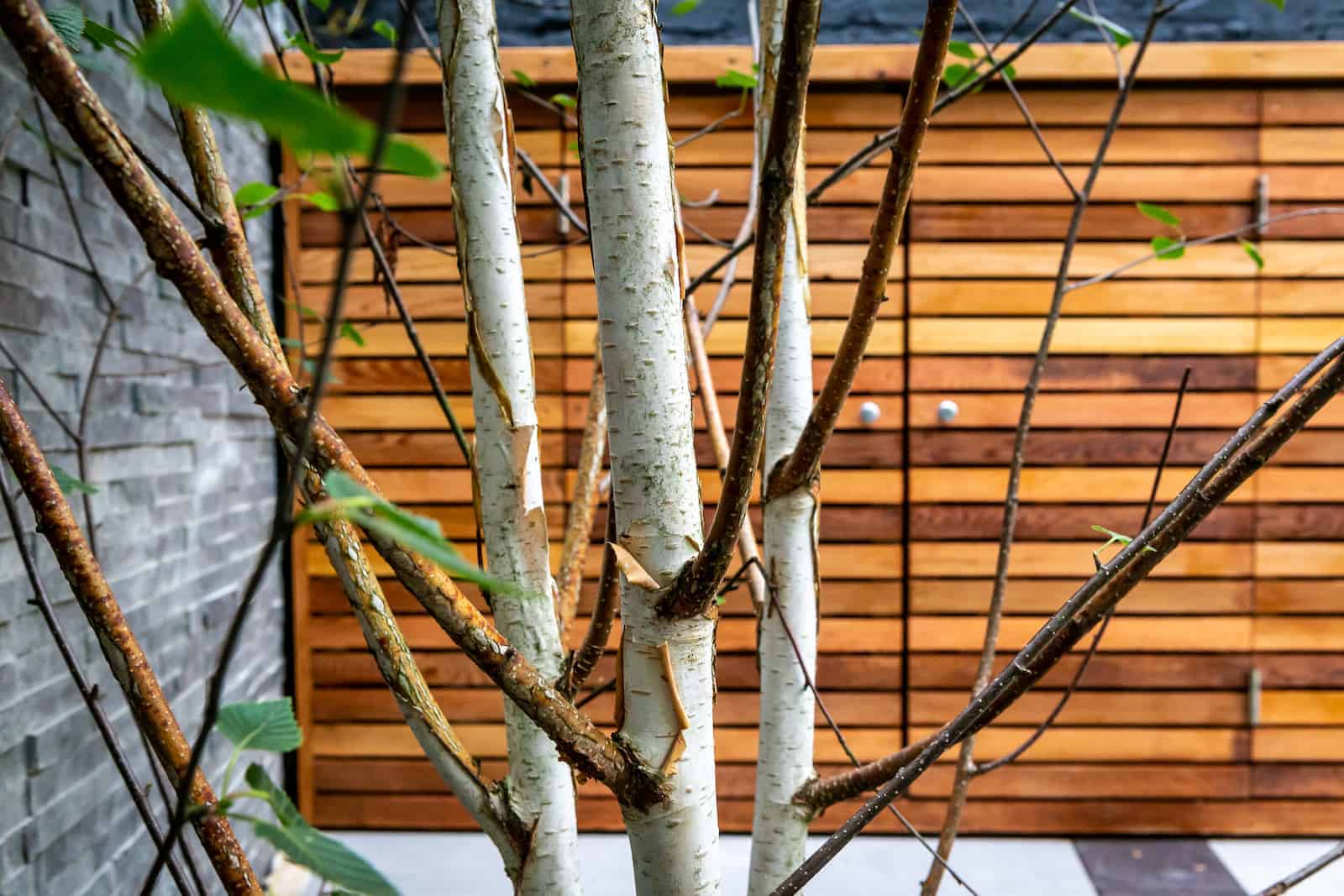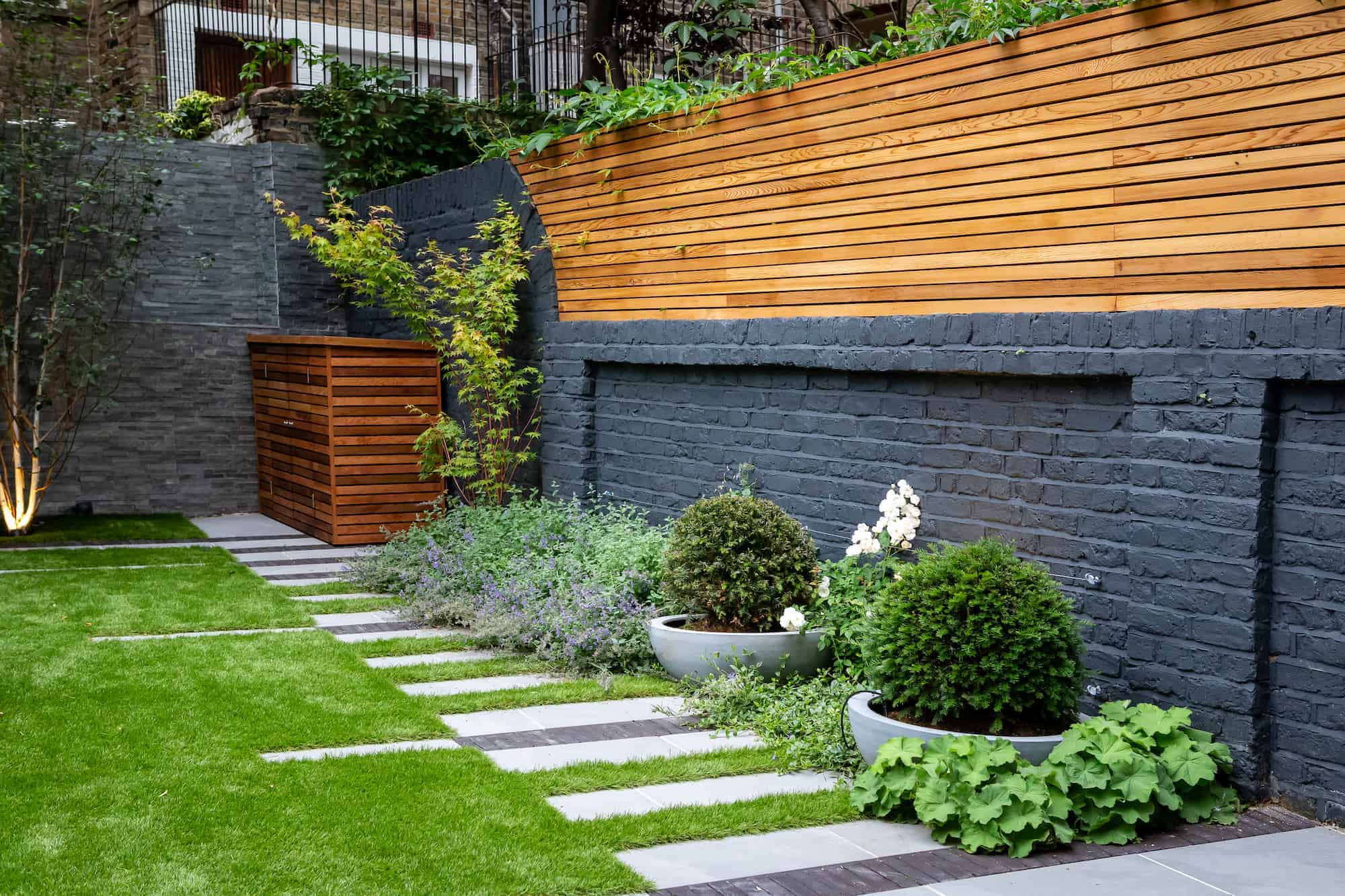
Wooden Garden Fencing Ideas London
You’ll find this page helpful if you are looking for wooden garden fencing ideas. Acacia Gardens is a company that designs and builds gardens in London and Hertfordshire. We install garden fences as part of our larger landscaping projects. We have compiled this guide to help clients decide which types of wooden garden fencing is best for them. It includes wooden garden fencing ideas for back garden fences, front garden fences, traditional or contemporary fence solutions, and garden trellises. If you have something particular in mind, Acacia Gardens can create and construct bespoke fencing, which we can stain or paint accordingly.
